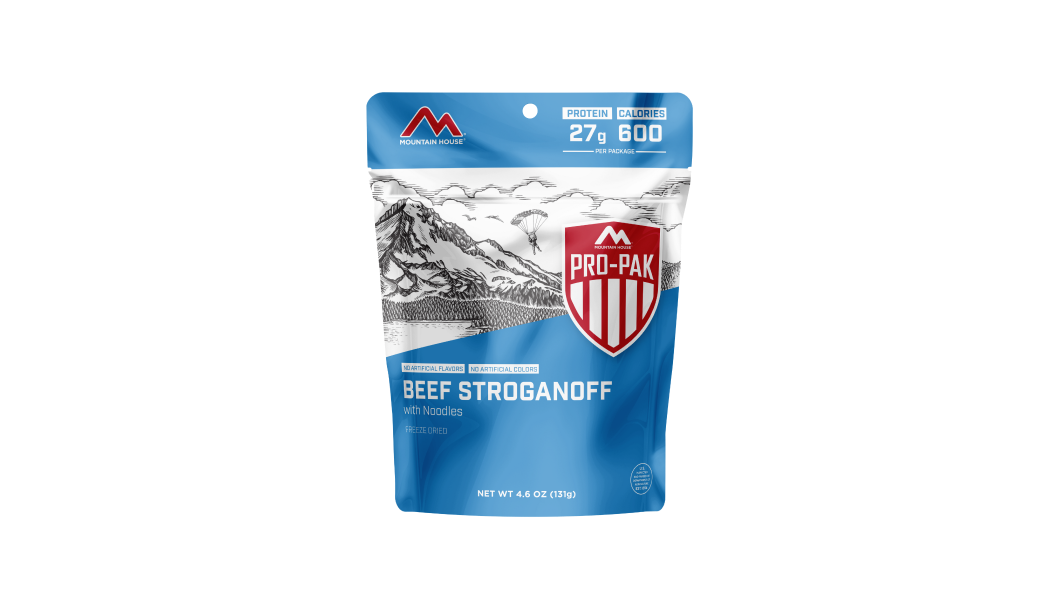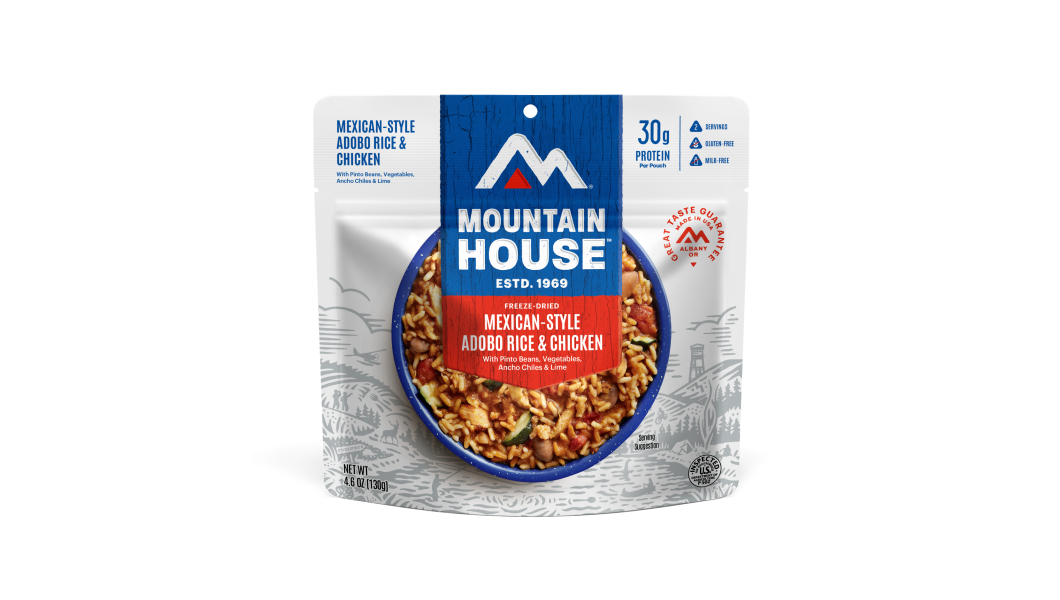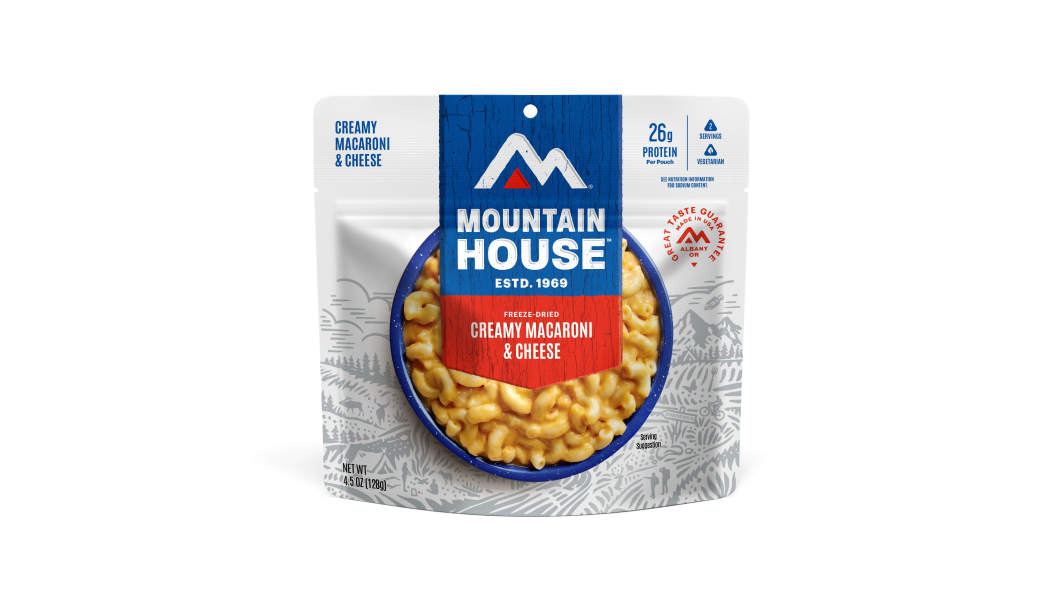Inspired for an Adventure? Check out Beef Stroganoff - Pouch and Beef Stew - Pouch
Free Ground Shipping On All Orders
Over 2,100 Reviews
Add description, images, menus and links to your mega menu
A column with no settings can be used as a spacer
Link to your collections, sales and even external links
Add up to five columns
Add description, images, menus and links to your mega menu
A column with no settings can be used as a spacer
Link to your collections, sales and even external links
Add up to five columns
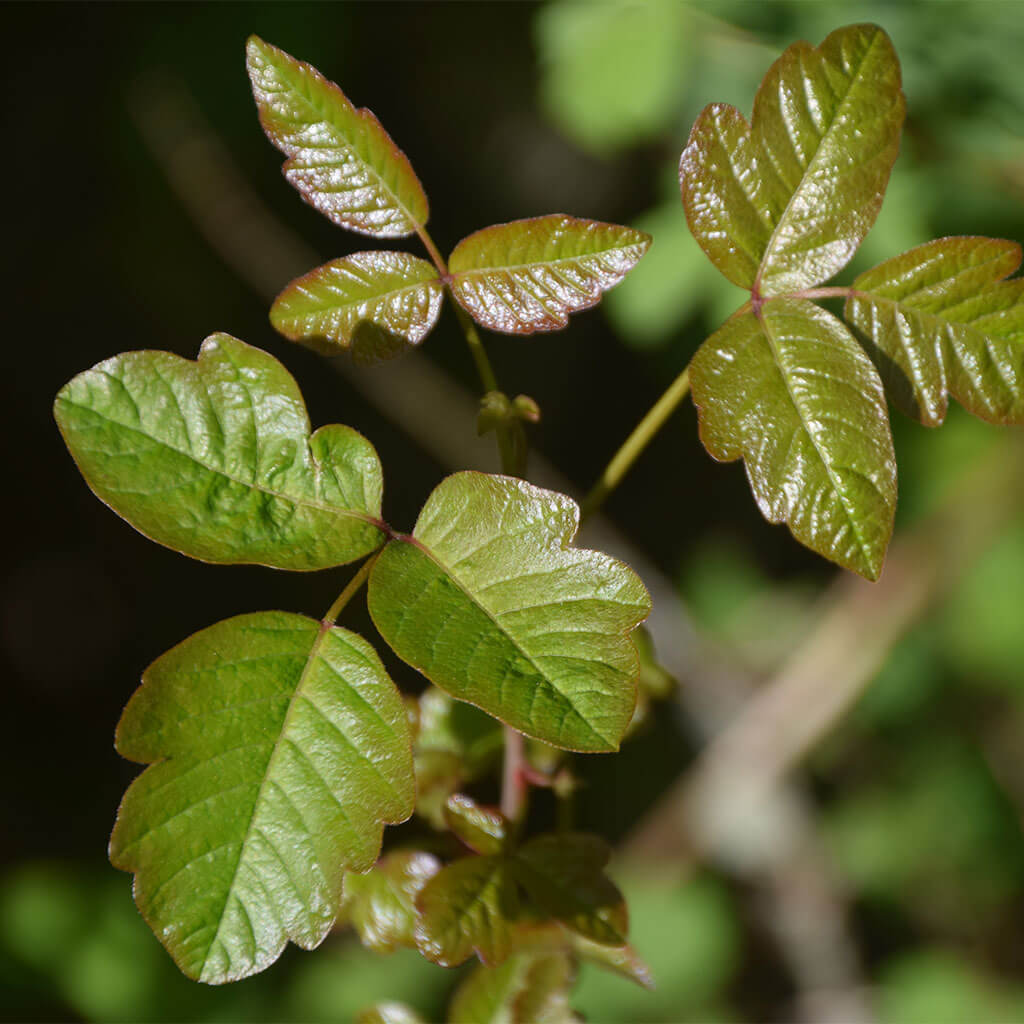

Watch Out For These Poisonous Plants
The last thing you want when hiking is having to deal with an irritating, painful and extremely itchy rash — or worse! Yet, that is exactly what will happen if you brush up against these poisonous plants. We’ve compiled a list of some of the most common irritating plants and one you should avoid at all costs!

Poison Oak
Range: Western North America
Inhabits: Conifer and mixed broadleaf forests, woodlands and grasslands
For those of us that grew up in the Pacific Northwest, we learned early on to avoid this plant. It can be identified by lobed, oak-like leaves that grow in groups of 3 and range from green to bright red depending on the season. The oils present on Poison Oak leaves or branches will cause an itchy reaction in most people who come in contact with them. If you are hiking the Pacific Coast Trail or anywhere west of the Rockies, you’ll want to be on the lookout for this plant.

Poison Ivy
Range: All U.S. states east of the Rocky Mountains
Inhabits: Wooded areas, especially along tree line breaks. Also known to grow in open fields
“Leaves of three, Let it be” is a popular saying that helps people identify this noxious plant. Despite being called a Poison Ivy, this plant is not a true Ivy. The leaves range from light green to a reddish color depending on the season. Contact with the parts of this plant causes most people’s skin to blister and become red and itchy.

Poison Sumac
Range: Eastern U.S. and Canada.
Inhabits: Grows exclusively in swamps, bogs and wetlands.
Poison Sumac grows into a small tree. Contact with this nasty plant will result in a reaction similar to the aforementioned Poison Ivy and Poison Oak. This is because all three produce an oily allergenic substance called Urushiol.

Stinging Nettle
Range: Throughout the U.S. and Canada.
Inhabits: Usually occurs in moist sites along streams, open forests, ditches and woodland clearings.
This plant is covered by tiny hairs that act like hypodermic needles. Upon contact, these hairs inject irritants into your skin, causing blisters and a burning, itchy sensation. Not something you want to brush up against.
It is interesting to note that nettles have been used for generations for their medicinal purposes.

Manchineel
Range: Parts of Florida and the Caribbean.
Inhabits: Primarily found in coastal regions.
The University of Florida reports that the Manchineel was called the “arbol de la muerte” meaning tree of death. They were referring to pomes which grow 1-2 inches and look a lot like an apple. However, be warned, all parts of this tree are extremely toxic and will cause burning blisters on contact. Even a quick brush against its bark or standing under the tree without contacting it at all can make for a very bad day. It is also reported that ingesting any part of this tree or it’s fruit can be lethal. The tree may look innocent but avoid it at all costs!
Conclusion
These are just a few of the most common (or interesting) plants you should keep an eye out for. What other plants should you watch out for and how do you identify them? Let us know by posting in the comments below!

5 Wilderness Survival Situations: Skills and Strategies to Stay Safe

Impacts of High Altitude on Water’s Boiling Point
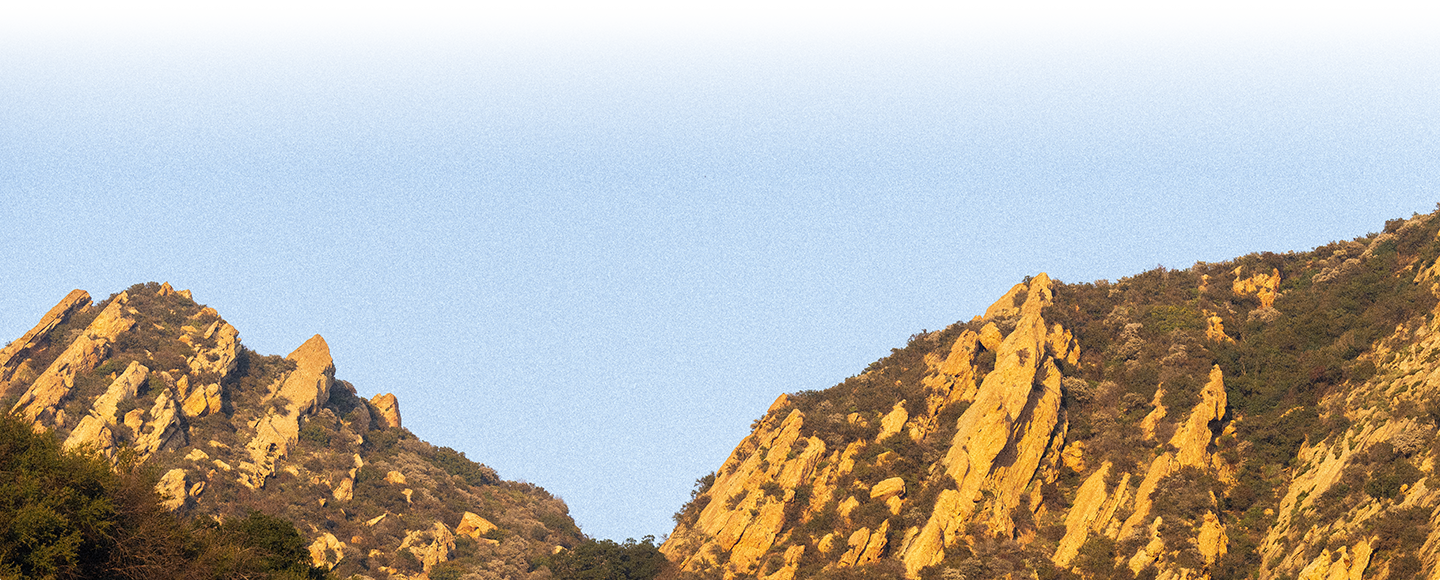
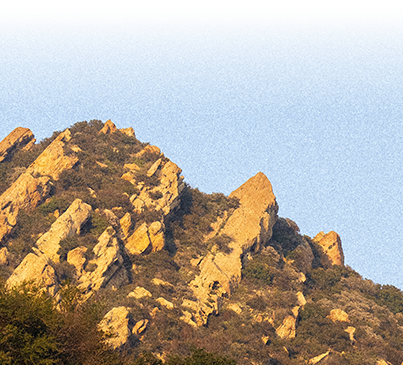
Stay Hungry for Adventure
Sign Up for Delicious Outdoor Meals & Exclusive Offers!
By clicking ‘Join Now’, I agree to the Terms of Service and Privacy Policy.


Join the adventure
©2025 Mountain House — All Rights Reserved.
Your Cart is Empty
Continue ShoppingYour Cart
Subtotal
$0.00
EXPRESS PAYMENT METHODS AVAILABLE IN CHECKOUT
Taxes and Shipping Calculated at Checkout
Your ExpertVoice deal.
$[Deal Price]
$[Original Price]
Discount applied at checkout.
On sale now — lower than your ExpertVoice discount.
Not eligible for ExpertVoice discount.











